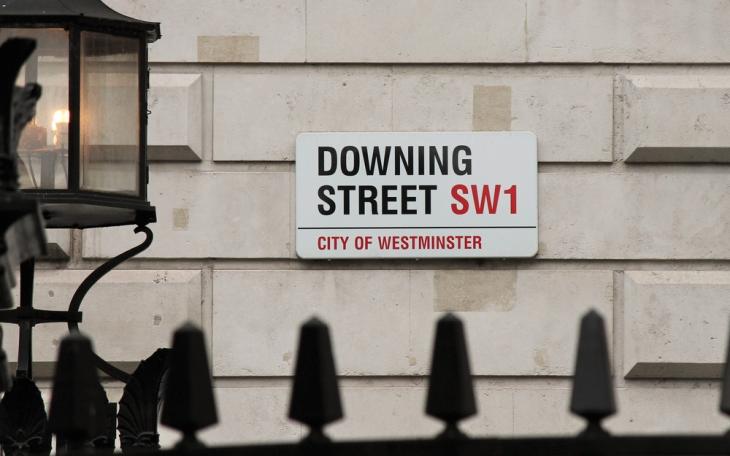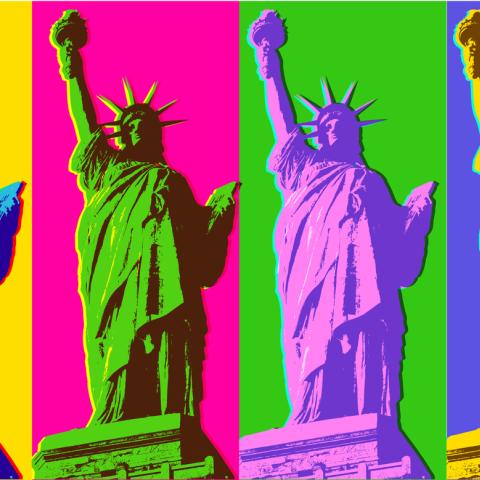The Prime Networker

By Henry Taylor, Executive
As if Boris Johnson didn’t have enough on his plate at the moment, he (or, more realistically, an unlucky staffer) will now be tasked with managing a deluge of LinkedIn notifications, after the Prime Minister joined the professional networking site this week. His presence on the platform offers some clues on how the Government seeks to communicate with businesses as they come under increasing scrutiny for their handling of the Covid-19 pandemic.
Johnson is neither the first world leader nor the first member of his government to use LinkedIn as a tool to engage directly with a business-focused audience. French President Emmanuel Macron and Canadian Prime Minister Justin Trudeau are already on the site, while Chancellor Rishi Sunak has been active on the platform for some time, sharing updates on the latest government support schemes.
Since joining the site, Johnson has posted a video explaining the importance of engaging with businesses as the government plans the recovery from Covid-19. His posts have indeed attracted engagement from the business community – though, unsurprisingly, not all of this has been positive. It has been noted, for example, that his profile does not include the journalism job that Johnson was sacked from before entering politics (his listed career starting with his election as an MP in 2001).
Away from this inevitable back-and-forth, Johnson’s decision to join LinkedIn forms part of a wider move towards greater digital engagement for the Prime Minister. Aside from TikTok, Johnson is now active on the full spectrum of social media sites after joining Snapchat last year.
The move also builds the Government’s ongoing effort to reduce the role of the traditional media in its communications strategy. By turning to LinkedIn to communicate business policy, Johnson can broadcast straight to the public, rather than being filtered by the business pages of the papers. It is this same thinking that has seen the government unveil plans for daily US-style press conferences, cutting out the traditional cast of lobby journalists and their often-provocative takes on policy decisions.
However, joining LinkedIn, which is less of a traditional social media site and more of a professional network, may also have a deeper underlying motivation within government. With Dominic Cummings driving much of the Government’s strategic approach behind the scenes, Johnson’s new presence on LinkedIn fits neatly into Cummings’ worldview. To him, government should be run like a startup, with ‘misfits and weirdos’ driving a more agile approach to policymaking. Viewed in this context, Johnson’s activity on LinkedIn positions him more like a CEO-style figure, offering thought leadership at the helm of a business-driven government.
Indeed, we see with our clients the importance of senior corporate figures having a strong presence on social media. Typically more trusted and engaging than businesses’ brand pages, a leader who shares content and engages actively on LinkedIn can play a key role in delivering brand messages with a personal touch, looking outwards and portraying competence – something that Johnson would do well to reinforce.








